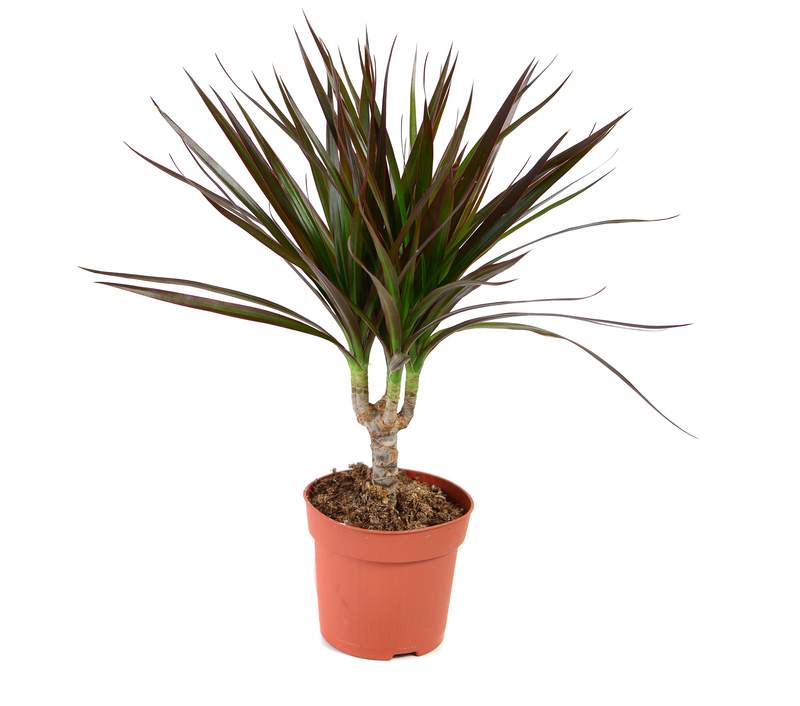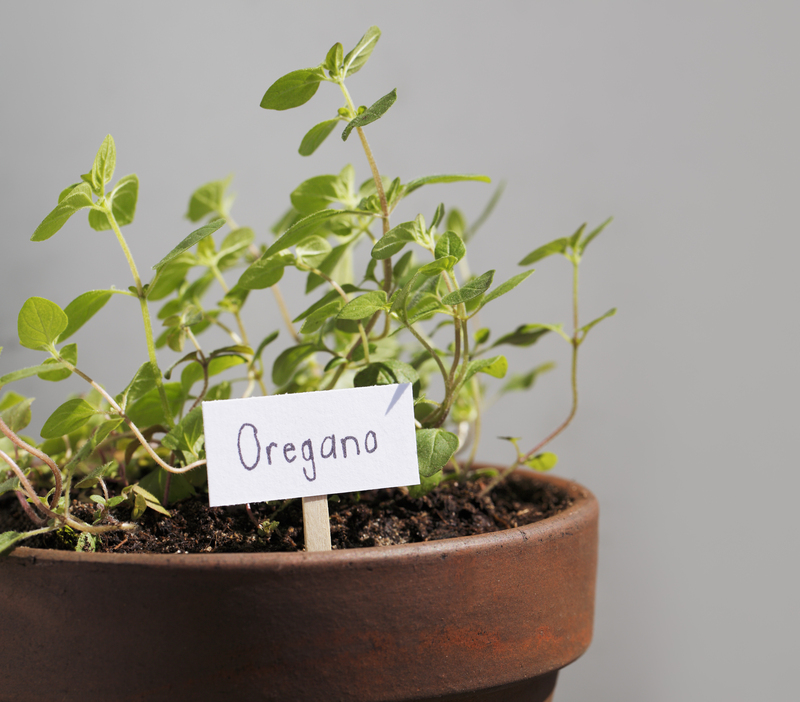Boost Your Cooking: How to Establish a Resourceful Herb Garden
Posted on 17/06/2025
Are you ready to elevate your culinary game and infuse your meals with fresh, vibrant flavors? Establishing a resourceful herb garden is a fulfilling and delicious way to upgrade your kitchen skills. Whether you have a sprawling backyard or a modest windowsill, anyone can grow a versatile herb garden. In this article, discover the secrets to creating a lush, productive herb oasis and unlocking the full potential of homegrown seasonings for your cooking adventures.
Why Start a Herb Garden?
- Enhanced Flavor: Nothing compares to the burst of aroma and taste from freshly picked herbs.
- Cost-Effective: Save money by cutting out expensive store-bought bundles and growing what you need.
- Health Benefits: Enjoy herbs at their nutritional peak, free from harmful pesticides.
- Sustainability: Reduce your environmental impact with fewer plastic packages and less food waste.
- Home Aesthetics: A flourishing herb garden adds greenery and beauty to your living space.
Choosing the Best Location for Your Herb Garden
When it comes to establishing a resourceful herb garden, location is key. Most culinary herbs thrive in sunny spots with well-draining soil. Here's how to pick the perfect space:
- Sunlight: Most herbs need at least six hours of sunlight per day. South-facing windows or gardens get the most direct light.
- Accessibility: Choose a spot that's easy to reach from your kitchen, so you're more likely to use your herbs often.
- Soil Quality: Good drainage is essential. If your soil is heavy, consider a raised bed or containers with drainage holes.
- Space: Even if space is limited, you can establish a small herb garden on balconies, decks, or porches.
Container Gardens vs. Ground Plots
You can create a home herb garden in containers, garden beds, or even vertical walls. Here's how the options compare:
- Container Gardens: Great for balconies, patios, or indoor setups. Choose pots with holes and quality potting mix.
- In-Ground Beds: Best for larger yard spaces plus allows herbs to grow vigorously.
- Vertical and Hanging Gardens: Innovative solutions for growing herbs in tight spaces.

Choosing Your Herbs: Essential Varieties for Cooking
A well-planned kitchen herb garden goes beyond the basics. Mixing annuals and perennials ensures you have a steady supply year-round. Consider these classic culinary herbs:
- Basil: Unbeatable in Italian, Thai, and Mediterranean cuisine.
- Rosemary: A robust, evergreen herb perfect for roasting meats and vegetables.
- Thyme: An aromatic staple adaptable to many cooking styles.
- Parsley: Versatile and packed with vitamins--great as a garnish or ingredient.
- Sage: A strong, distinct flavor brilliant for stuffings and poultry.
- Cilantro (Coriander): Essential for Mexican, Indian, and Middle Eastern dishes.
- Mint: Freshens up desserts, drinks, and savory dishes alike.
- Chives: A mild onion flavor ideal for salads and omelets.
- Dill: A must for pickling and Scandinavian recipes.
Perennial vs. Annual Herbs: What's the Difference?
- Perennial Herbs (e.g., rosemary, mint, thyme): These will return year after year, making your garden more sustainable.
- Annual Herbs (e.g., basil, cilantro, dill): Grown from seed each year but often prolific and fast-growing.
Designing Your Resourceful Herb Garden
Plan your herb garden layout for both aesthetic appeal and practicality. Consider these tips:
- Height: Taller herbs like rosemary and sage should go at the back of beds or in the center of large containers.
- Spread: Fast-spreading herbs like mint should be contained or planted in pots to avoid overtaking neighbors.
- Companion Planting: Some herbs, like basil and parsley, complement each other and can be grouped.
- Accessibility: Place your most-used herbs near the front for easy harvesting.
- Theme Gardens: Create an Italian, French, or Mediterranean herb selection for specialized cooking needs.
Soil Preparation and Planting Tips
- Test and Amend Soil: Herbs prefer pH-neutral, loose, nutrient-rich soil. Add compost to enhance fertility and drainage.
- Spacing Matters: Allow at least 12 inches between most herbs for healthy airflow.
- Direct Sowing vs. Seedlings: Some herbs (like dill or cilantro) do best when directly seeded, while others (like rosemary or thyme) often prefer to be started from young plants.
- Water Properly: Water consistently, keeping the soil moist but not soggy. Herbs dislike "wet feet."
Care and Maintenance: Keeping Your Herb Garden Thriving
A resourceful herb garden is a living investment. Here's how to ensure yours stays lush and productive:
- Watering: Herbs generally need moderate but consistent watering. Let the soil dry slightly between waterings, especially for Mediterranean varieties like rosemary or thyme.
- Fertilizing: Use organic compost or diluted liquid fertilizer every 4-6 weeks during the growing season.
- Weeding: Remove weeds promptly to avoid competition for nutrients and water.
- Pest Management: Prevent pests naturally with neem oil, or encourage beneficial insects like ladybugs.
- Pruning and Harvesting: Regularly pinch and harvest leaves to encourage bushiness and delay flowering.
Harvesting Herbs for Peak Flavor
For the best flavor, harvest herbs in the morning after the dew has dried but before strong afternoon sun. Snip stems just above a leaf node using clean scissors. Regular harvesting prevents flowering and keeps plants producing longer.
- Soft herbs (basil, cilantro, parsley): Harvest frequently when leaves are young and tender.
- Woody herbs (rosemary, thyme, sage): Clip stems as needed, avoiding cutting more than one-third of the plant at a time.
Preserving and Using Your Homegrown Herbs
A resourceful herb garden yields more than you can use in one meal--don't let those fresh flavors go to waste! Discover ways to preserve and maximize your harvest:
- Air Drying: Bundle and hang hardy herbs such as oregano and thyme in a cool, dry place.
- Freezing: Chop soft herbs and freeze in ice cube trays with olive oil or water.
- Infusions: Steep rosemary or basil in vinegar or oil for gourmet flavors.
- Pesto and Sauces: Blend basil, parsley, or cilantro for dips, spreads, or freezing.
Creative Ways to Incorporate Herbs in Your Cooking
- Infuse flavor: Add chopped herbs to salads, soups, and marinades just before serving.
- Herb butters: Soften butter and mix with fresh herbs for toast or grilled meats.
- Herbal teas: Brew mint, lemon balm, or chamomile for soothing drinks.
- Garnishes: Sprinkle chopped chives, dill, or parsley over cooked dishes for a burst of color.
- Compound oils: Create flavored oils for drizzling or dipping.
Common Herb Garden Challenges and How to Overcome Them
- Poor Growth: Usually due to insufficient light or water. Relocate to a sunnier spot and amend soil as needed.
- Pest Infestations: Use organic pest deterrents and avoid harsh chemicals.
- Leggy or Spindly Plants: Harvest more often and trim regularly to encourage bushiness.
- Overcrowding: Thin seedlings and respect each variety's spacing requirements.
- Disease: Practice crop rotation, avoid overhead watering, and ensure good airflow.

Final Tips for a Thriving and Sustainable Herb Garden
- Label Your Plants: Make use of fun plant markers to remember what's what, especially if you're growing several varieties.
- Rotate Crops: Prevent soil depletion and disease build-up by changing herb locations each year.
- Attract Beneficial Insects: Lavender, chamomile, and dill invite pollinators and butterflies to your garden.
- Integrate with Vegetables: Many herbs can improve the health and flavor of nearby vegetables (companion planting).
- Stay Curious: Experiment with new and unusual herbs like lemongrass, shiso, or tarragon for global flavors.
Conclusion: Boost Your Cooking with Your Herb Haven
Establishing a resourceful herb garden opens a world of freshness, creativity, and wellness in your kitchen. From the joy of picking a sprig of rosemary for your roast to the pride of flavoring pasta with hand-grown basil, your cooking will never be the same. With a little planning, care, and enthusiasm, you can transform even the smallest space into a lush, productive, and beautiful herb haven. Start your journey today, and savor every homegrown moment!
Looking for more ways to boost your cooking? Dive into our collection of herb recipes, tips, and seasonal guides for an ever-resourceful kitchen herb garden experience!



